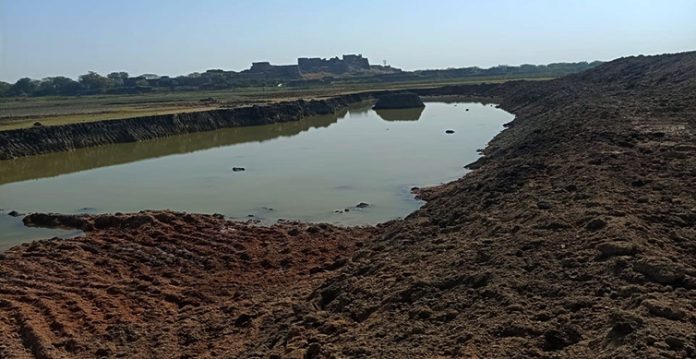During 2004 to 2020, the percentage of units of groundwater resources categorized as “safe” have declined from 2009 (73 percent) to 2020 (64 percent), Economic Survey 2021-22 data released Monday, showed.
The report shows the percent of number of assessment units of India recorded under different categories — safe, semi-critical, critical, over-exploited, and saline) during 2004-2020.
“During this period, units categorized as “safe”, have declined from 2009 (73 percent) to 2020 (64 percent). “Semi-critical” units have increased from 9 percent in 2009 to 15 percent in 2020. The share of “Critical” units has remained in the range of 3-5 percent during 2004-2020. The share of “over-exploited” units, accounted for 14-17 percent ofEconomic SurveyEconomic Survey total assessment units during 2004-20. In addition, approximately one percent of assessment units have been categorized as “saline”,” the report stated.
The categorization of ground water resource assessment units across India in 2020 shows over-exploitation of ground water resources, i e extraction exceeding the annually replenishable ground water recharge is concentrated in the north-west and parts of southern India.
ALSO READ: Government mapping fast-depleting groundwater reserves
Ground Water Resources Assessment of states and union territories is carried out jointly by state, groundwater and nodal departments and Central Ground Water Board at periodic intervals, and the Dynamic Ground Water Resources of India is published by compiling the state and union territory wise ground water resources assessed.
Such ground water assessments have been undertaken in 2004,2009, 2011, 2013, 2017, and 2020.
Further, citing that reservoirs are an important source of water resources for the country, the report added that they are particularly prone to seasonality, and are greatly impacted by rainfall and temperature patterns.
The report showed the capacity at full reservoir levels in 138 monitored reservoirs of India along with the live storage during June-December 2021, June 2020-May 2021, and the 10 year average during the months of June – May.
Reservoir live storage is at its peak during monsoon months and lowest in summer months, requiring careful planning and coordination of storage, release, and utilization of reservoirs.
(This story has been sourced from a third-party syndicated feed, agencies. Raavi Media accepts no responsibility or liability for the dependability, trustworthiness, reliability, and data of the text. Raavi Media management/ythisnews.com reserves the sole right to alter, delete or remove (without notice) the content at its absolute discretion for any reason whatsoever.)







